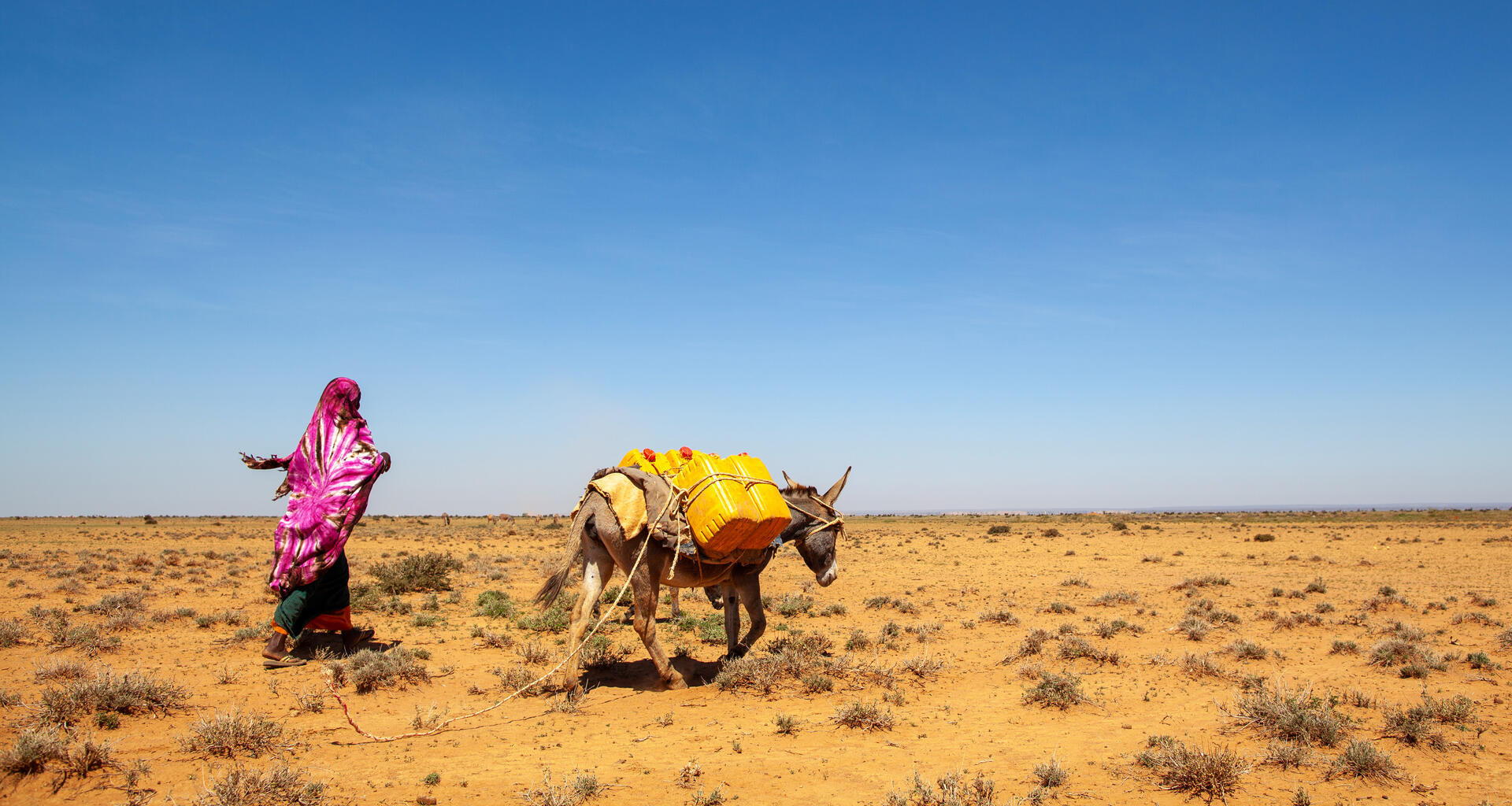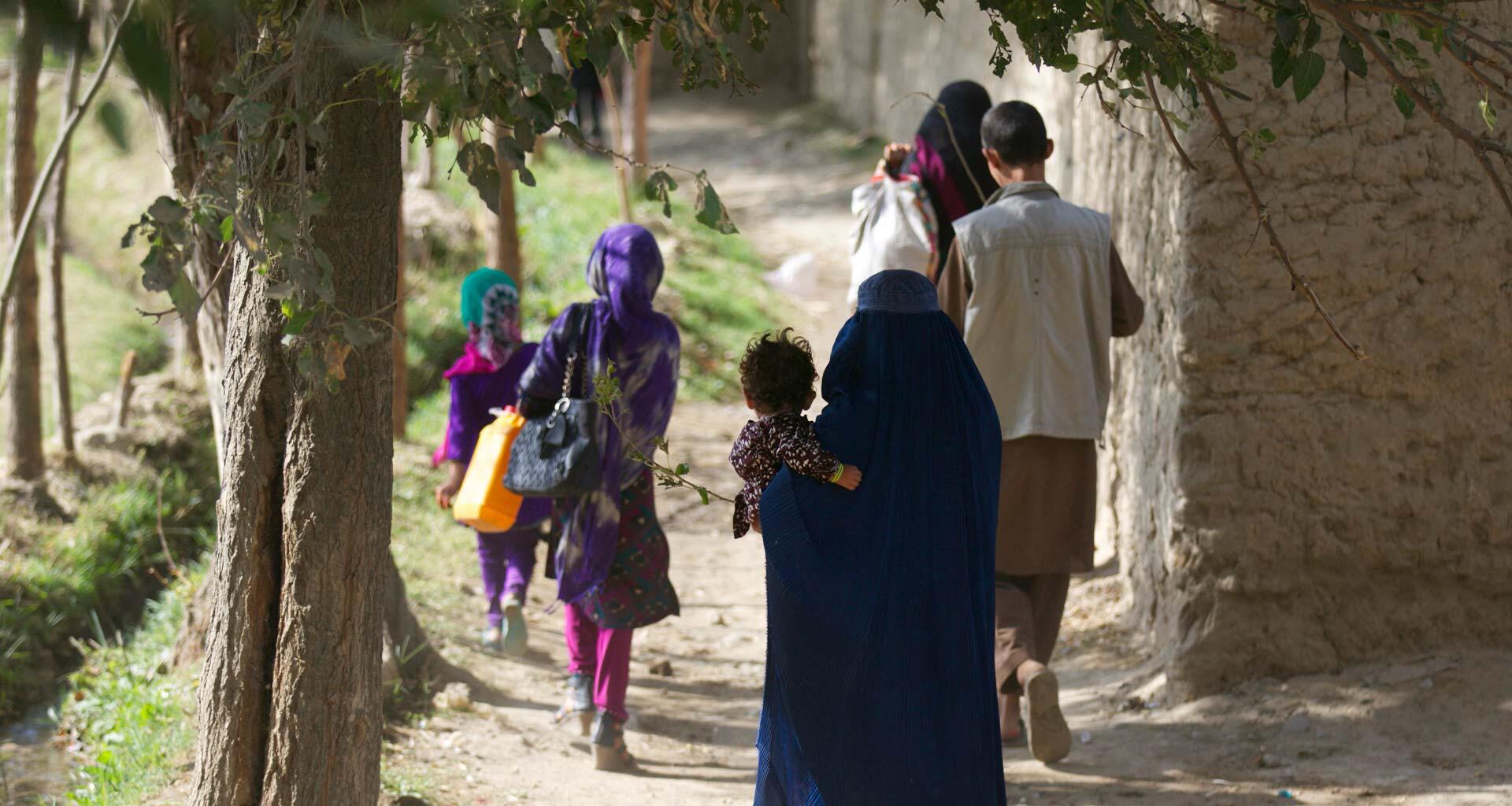The population and housing census is among the most complex and massive peacetime exercises a nation can undertake. It requires careful planning, resourcing and implementation – from mapping an entire country, mobilizing and training large numbers of enumerators, and conducting major public awareness campaigns, to canvassing all households, carefully monitoring census activities, and analyzing, disseminating and using the resulting data.
A census involves the complete enumeration of the population in a country, territory or area, and should be conducted at least once every 10 years. It generates a wealth of data, including numbers of people, their spatial distribution, age and sex structure, as well as their living conditions and other key socioeconomic characteristics. These data are critical for good governance, policy formulation, development planning, crisis prevention, mitigation and response, social welfare programmes and business market analyses. UNFPA provides technical and financial support to ensure that censuses are of high quality, uphold international principles and standards, and produce data that are widely disseminated and utilized for development.





